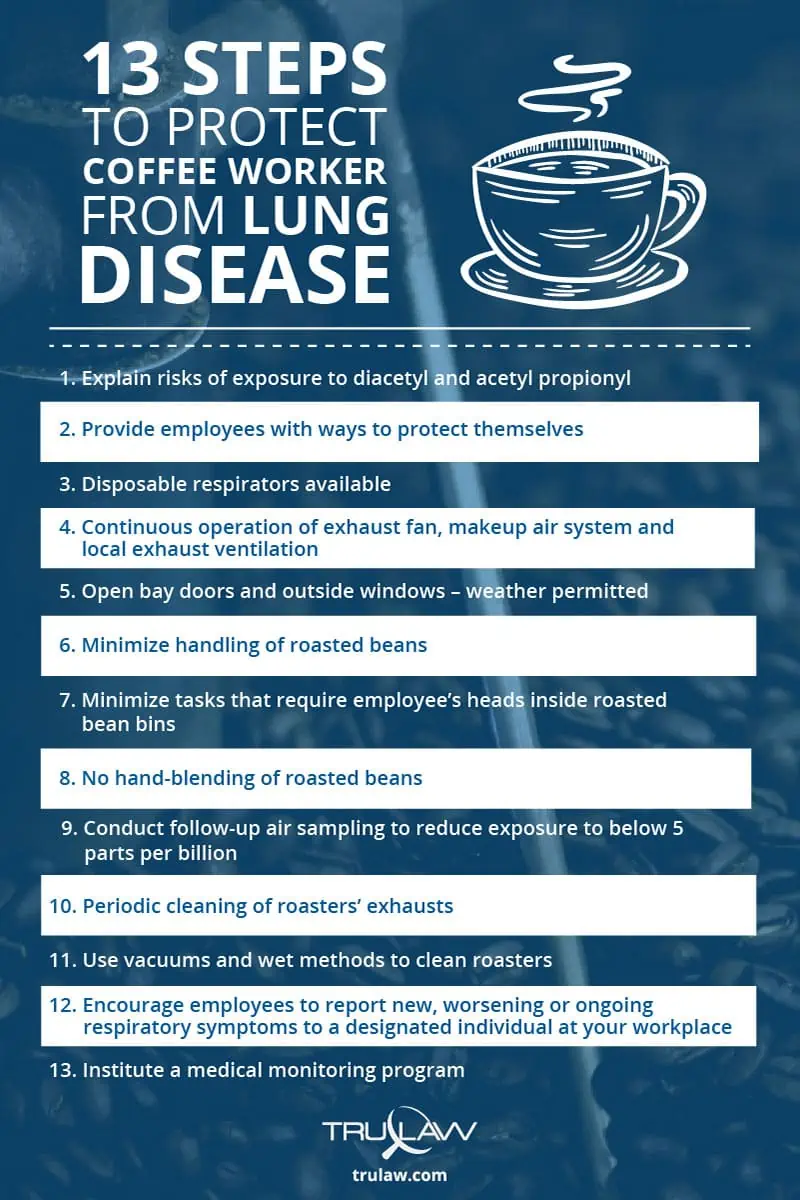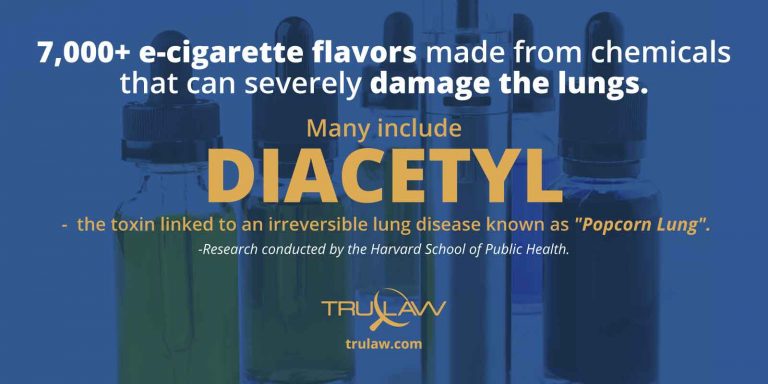Diacetyl Lawsuits Filed On Behalf of Individuals Exposed to Diacetyl
- Last Updated: March 18th, 2024

Attorney Jessie Paluch, founder of TruLaw, has over 25 years of experience as a personal injury and mass tort attorney, and previously worked as an international tax attorney at Deloitte. Jessie collaborates with attorneys nationwide — enabling her to share reliable, up-to-date legal information with our readers.
Legally Reviewed
This article has been written and reviewed for legal accuracy and clarity by the team of writers and legal experts at TruLaw and is as accurate as possible. This content should not be taken as legal advice from an attorney. If you would like to learn more about our owner and experienced injury lawyer, Jessie Paluch, you can do so here.
Fact-Checked
TruLaw does everything possible to make sure the information in this article is up to date and accurate. If you need specific legal advice about your case, contact us by using the chat on the bottom of this page. This article should not be taken as advice from an attorney.
Diacetyl Lawsuits Filed On Behalf of Individuals Exposed to Diacetyl
Diacetyl lawsuits are currently being filed on behalf of individuals who may have been exposed to the dangerous toxin at work and are now experiencing serious lung injuries including bronchiolitis obliterans, which is commonly known as “Popcorn Lung”.
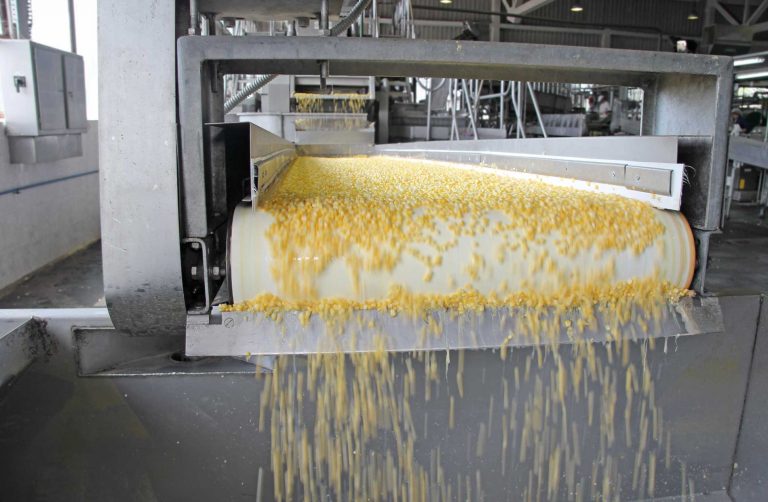
Many people crave a buttery bag of microwave popcorn on occasion, but most people are unaware that the butter flavor and smell in popcorn and other foods come from diacetyl or a diacetyl substitute (acetyl propionyl), chemicals that have been linked to serious lung disease.
Current studies do not suggest that eating diacetyl will cause permanent health issues, however, studies show that breathing in diacetyl results in a progressive and debilitating lung disease.
Table of Contents
Diacetyl Flavoring in Food Industries
Diacetyl is a chemical compound produced by yeast during fermentation.
But, chemical companies also manufacture diacetyl as a synthetic chemical using it as an artificial food additive in many consumer products.
In its synthetic state, diacetyl is a hazardous chemical used in manufacturing facilities throughout the United States.
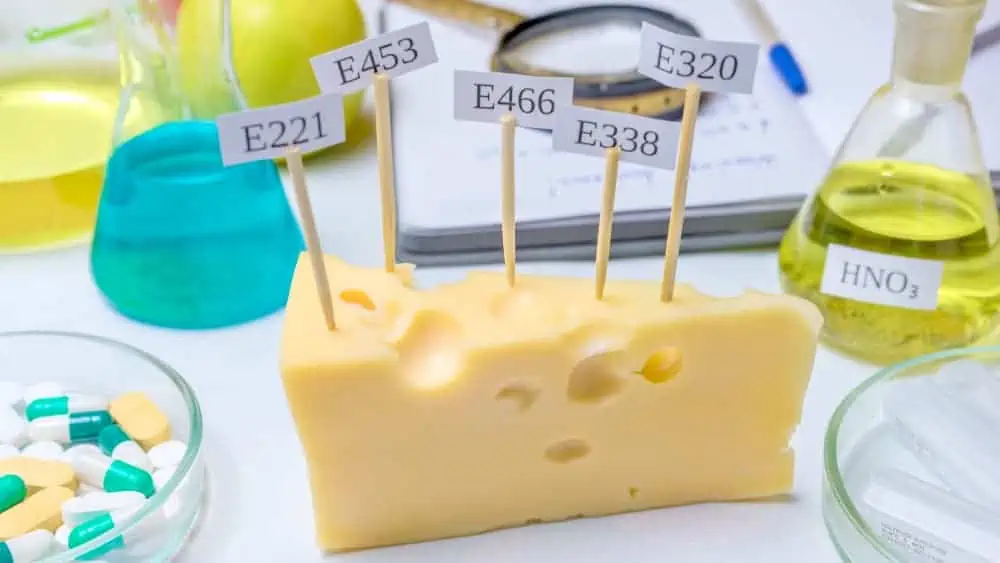
Diacetyl is a flavoring agent that is considered safe to eat but potentially hazardous when inhaled.
It is used to produce a variety of flavors in foods, particularly dairy flavors like butter and cheese, and brown flavors like caramel and butterscotch.
Diacetyl occurs naturally in some foods, such as dairy products, beer, and wine.
Due to its potential for causing respiratory illness, diacetyl has largely been phased out of the artificial flavoring industry and replaced with acetyl propionyl (AP).
Although AP (like diacetyl) is approved for use in food, some researchers have raised questions about the potential toxicity of AP inhalation due to structural similarities between the two chemicals.
The Centers for Disease Control and Prevention (CDC) has expressed concern that AP and diacetyl could be equally toxic.
 While there are currently no specific standards for occupational exposure to butter-flavoring or the chemicals diacetyl or acetyl propionyl, OSHA is investigating the flavorings-related lung diseases and is offering standards that regulate the workplaces to protect workers exposed to these substances.
While there are currently no specific standards for occupational exposure to butter-flavoring or the chemicals diacetyl or acetyl propionyl, OSHA is investigating the flavorings-related lung diseases and is offering standards that regulate the workplaces to protect workers exposed to these substances.
NIOSH conducted an analysis regarding diacetyl exposures and lower pulmonary function and found a relationship between the two.
A common way of reporting the concentration of diacetyl is to report the chemical in terms of parts per million.
NIOSH now recommends keeping exposure below a concentration of 5 parts per billion as a time-weighted average during a standard 40-hour work-week.
To protect against the risks of short-term exposure, NIOSH recommends a limit of 25 parts per billion for a 15-minute time period.
NIOSH recommends keeping occupational exposure to 2,3- pentanedione at 9.3 parts per billion in an eight-hour sample and 31 parts per billion during a 15-minute period.
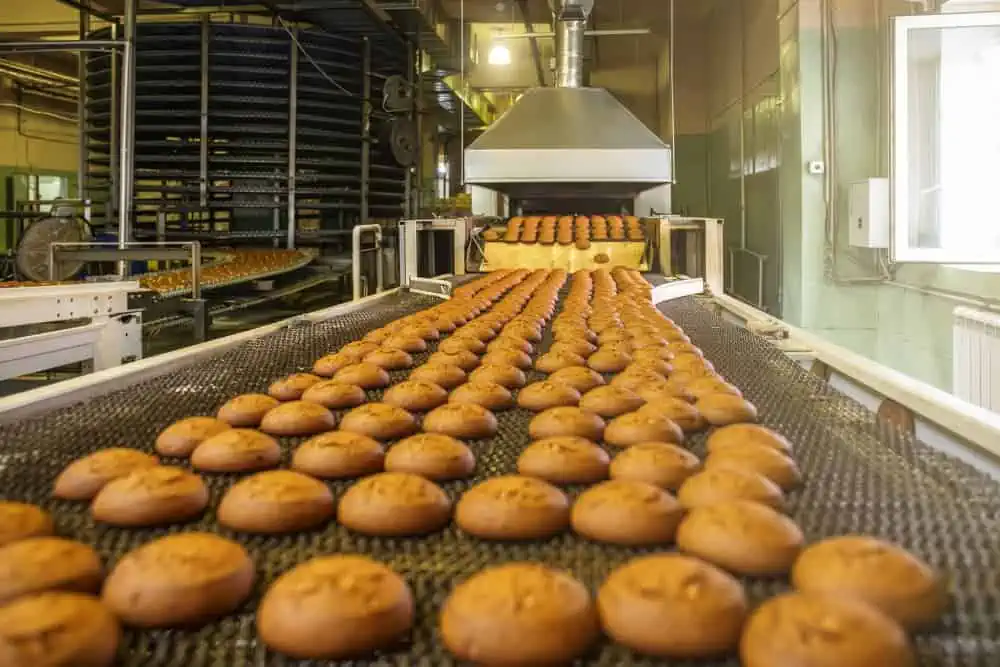
Diacetyl is a flavoring agent that is considered safe to eat but potentially hazardous when inhaled.
Due to its potential for causing respiratory illness, diacetyl has been largely phased out of the artificial flavoring industry and replaced with acetyl propionyl (AP).
Although AP (like diacetyl) is approved for use in food, some researchers have raised questions about the potential toxicity of AP inhalation due to structural similarities between the two chemicals.
The Centers for Disease Control and Prevention (CDC) has expressed concern that AP and diacetyl could be equally toxic.
Diacetyl in Popcorn Manufacturing
For almost 15 years, the flavoring chemical, diacetyl has been the subject “popcorn lung lawsuits” for workers who were diagnosed with “popcorn lung” from workplace exposure at the Gilster-Mary Lee popcorn plant in Jasper MO.
Lawsuits followed in several other states for workers who were not warned of the dangers of exposure to the hazardous chemical, diacetyl in popcorn plants.

Then, in 2012, Wayne Watson, was the first consumer who developed “popcorn lung” as a result of eating two bags of microwave popcorn daily for 10 years.
Watson, a Colorado native, was awarded $7 million by a jury who believed the manufacturer of the popcorn, Gilster-Mary Lee, should have warned Mr. Watson about the risk.
As a result of Mr. Watson’s case, these major popcorn manufacturers began to produce “diacetyl-free” products, replacing the chemical with substitutes.
However, studies by NIOSH and the Flavor and Extract Manufacturers Association note that many of these substitutes are similar chemicals to diacetyl and yield similar adverse health effects.
Diacetyl in Coffee Roasting and Grinding
Diacetyl occurs naturally in unflavored coffee as a byproduct of the process of roasting coffee beans.
Commercial roasting and grinding of beans can release diacetyl into the air along with other volatile compounds in the workplace.
In addition, diacetyl and 2,3-pentanedione are often added in the production process for flavored coffees.
Physicians at a university medical center diagnosed obliterative bronchiolitis in five individuals who had worked at a coffee processing facility.
In April 2013, the CDC reported on two of these workers in a weekly report and noted that these two cases should raise concerns about workers in coffee-processing facilities and may expand the number of workers potentially at risk to flavoring-chemical related diseases.
More studies on the exposure of coffee workers have been published by the CDC and NIOSH resulting in guidance to protect workers including the institution of a medical monitoring program for workers.
More information on the dangers of diacetyl exposure for coffee workers can be found here.
Diacetyl in E-Cigarette’s E-Juice
Electronic cigarettes, commonly called e-cigarettes and also known as electronic nicotine delivery systems (ENDS), are battery-operated devices designed to deliver nicotine with flavorings and other chemicals to users in vapor form instead of smoke.
There are currently over 7,000 e-cigarette flavors on the market.
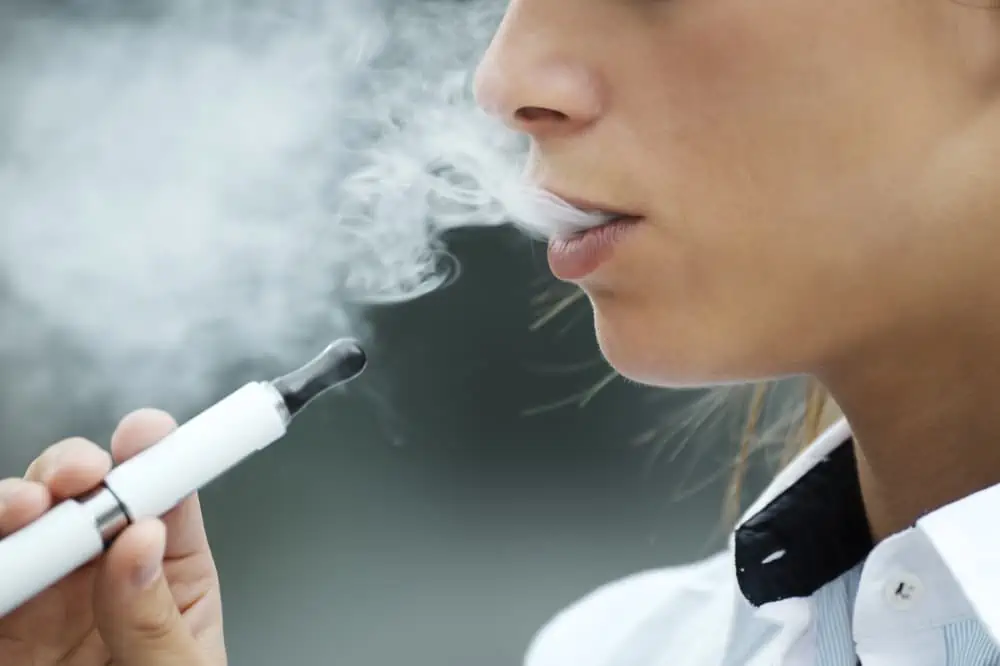
Popular e-cig flavors such as cotton candy, bubble gum, and many others, often include diacetyl or other harmful flavorings and manufacturers are not required to warn consumers of its presence.
A 2015 study performed by The Environmental Health Perspectives selected 51 types of e-cig flavors sold by leading brands to test for the amount of diacetyl they contained.
These flavors also happened to be deemed appealing to youth.
39 out of the 51 flavors tested positive for diacetyl about the laboratory limit.
The heating and inhalation of dangerous chemicals such as diacetyl resulted in a diagnosis of bronchiolitis obliterans for many individuals working in popcorn and other flavoring industries, leading critics to ask if e-cigarettes will be the next “popcorn lung”?
More information on e-cigarettes and diacetyl exposure can be found here.
Diacetyl In Pet Food Manufacturing
Individuals working in pet food manufacturing expressed concerns about vomiting, seizures, breathing difficulties, and rapidly deteriorating lung capacity — all symptoms consistent with bronchiolitis obliterans.
At the request of several employees in 2012, the U.S. Department of Health and Human Services reviewed medical records from seven employees of a pet food manufacturing plant in Missouri.
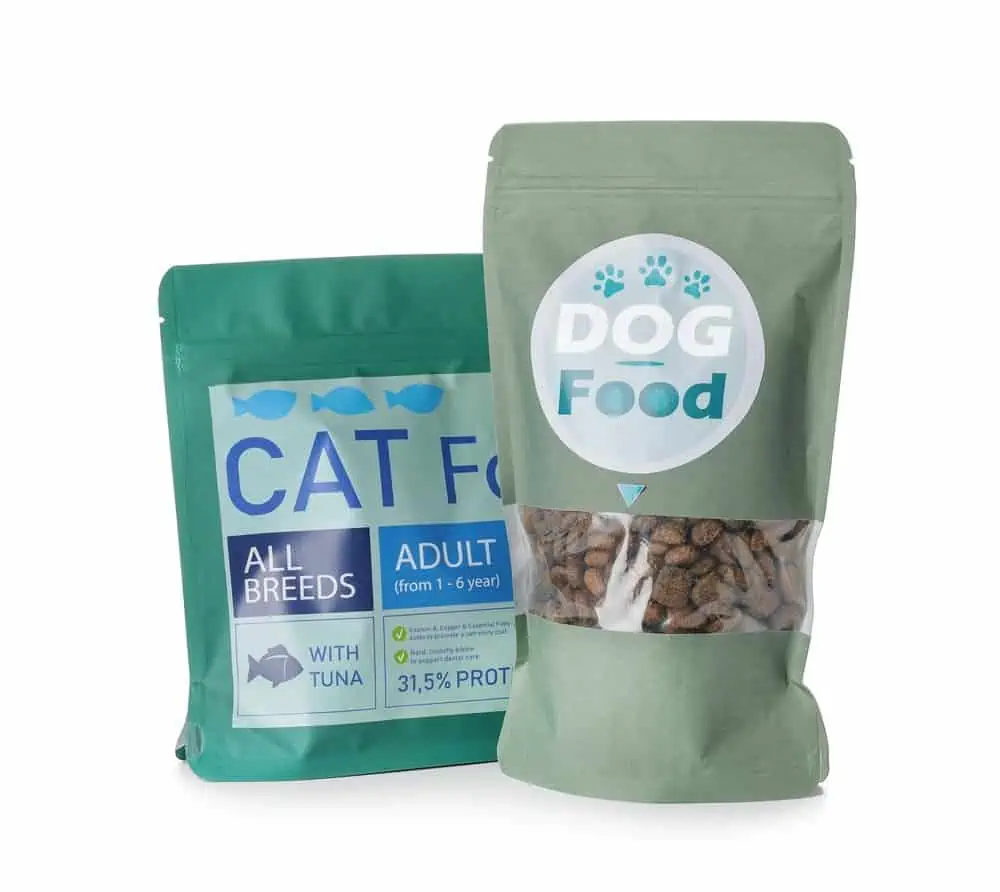
After a year of on-site visits and follow-up questionnaires with these employees and their physicians, the Health Hazard Evaluation report noted that employee health concerns were warranted and steps needed to be taken to protect these workers.
According to the department, studies of pet food manufacturing facilities showed that workers were being exposed to diacetyl and 2,3-pentanedione at sufficient concentrations.
Physicians who studied the health of pet food manufacturer workers have said there is a reasonable medical probability that the worker’s respiratory conditions were due to workplace exposures of diacetyl at the pet food manufacturing facility.
It is very important to note that though flavoring manufacturers may not include diacetyl on their material safety data sheets (MSDS), these chemicals can still be present.
The implication that diacetyl and 2,3-pentanedione are naturally occurring as a result of the roasting or smoking process and are therefore safe, is misleading.
These diketones have respiratory toxicity, whether naturally derived, or added as synthetic chemicals.
Who Regulates Flavoring/Diacetyl?
According to the Center for Public Integrity:
“A secretive food industry trade group that has no in-house employees, no office of its own and a minuscule budget.”
Safety advocates and Food Industry Critics continue to raise concerns about the safety of the ingredients in our food supply as a result of the confusing self-policing done by the “Food & Extract Manufacturers Association” (FEMA).
FEMA is the primary body responsible for the safety evaluation of all “generally recognized as safe” (GRAS) and it is funded by membership dues paid by the largest flavoring manufacturers who profit off the same ingredients they are supposed to be regulating.
Most consumers believe the FDA determines the safety of ingredients and continues to monitor the safety of flavoring substances.
This is not true.
Not only does the FDA not monitor the GRAS designation of any flavoring, but in 1997, the FDA introduced a new rule that allowed companies to decide for themselves what qualifies as GRAS.
Notification of a GRAS substance is not required.
Diacetyl was given the designation of GRAS in 1980.
This designation of GRAS refers to the use of diacetyl in food products but does not designate the vapors/toxins that occur from the heating of diacetyl as “safe.”
Diacetyl and acetyl propionyl are added to a wide range of foods because of its buttery odor and flavor.
People who make or work near flavorings in the production and packaging of foods that contain diacetyl and acetyl propionyl may be at risk for diacetyl exposure and irreversible lung diseases.
The Centers for Disease Control and Prevention (CDC) and the National Institute for Occupational Safety and Health (NIOSH) continue to evaluate and report on the health hazards of diacetyl after learning of worker’s exposure.
Diacetyl Lawsuits Expand Beyond Popcorn Lung
Calling this disease and these lawsuits “popcorn lung” is a bit deceiving since it is now known that diacetyl is used in many different consumer product and food industries.
Diacetyl lawsuits now include other flavoring company workers as more is learned about exposure to this toxic chemical, diacetyl.
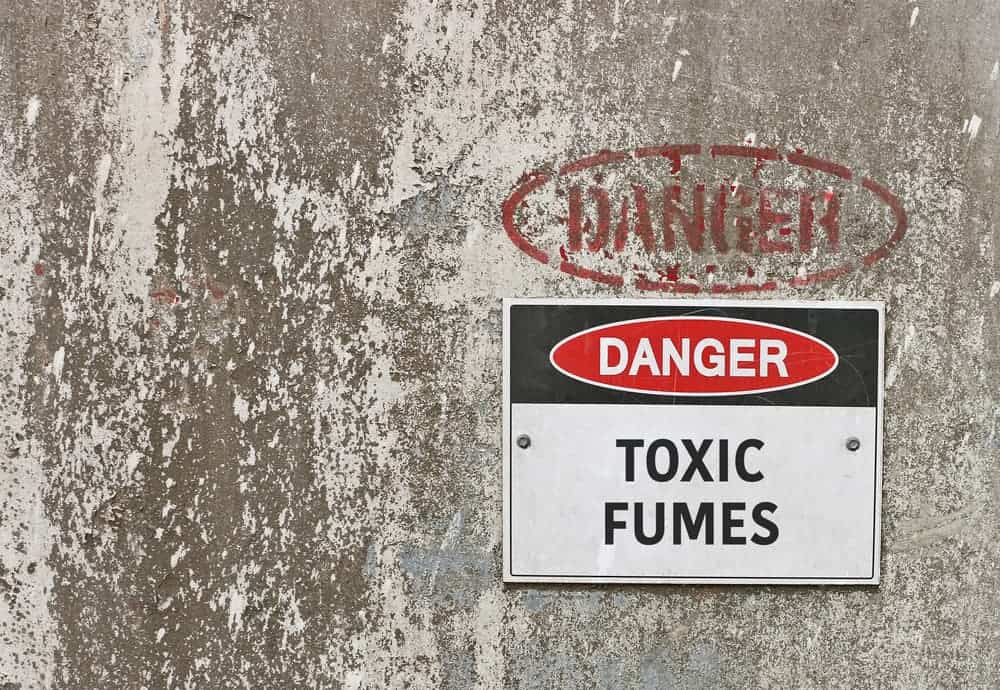
Recent diacetyl lawsuits allege harm to workers in other flavoring related industries, including coffee processing facilities, chocolate, candy confectionaries, flavored syrups, animal feed, tortilla manufacturers and many other consumer product manufacturers.
Most recently, a jury in Orange County California awarded a man named Tanu Vatuvei $2.6 Million after he was harmed by exposure to diacetyl while on the job.
Mr. Vatuvei was left with only 40% of his lung capacity as a result of working with diacetyl for nearly ten years at Mission Flavors & Fragrances.
Furthermore, it is now known that a large number of flavored vaping juices found in e-cigarettes contain diacetyl.
There have been at least two lawsuits filed against e-cigarette manufacturers alleging failure to disclose the presence of diacetyl/Acetyl Propionyl in e-liquids and to warn of their associated risks.
Both were putative class actions alleging consumer fraudbased claims filed in the U.S. District Court, Central District of California.
TruLaw continues to talk to individuals who are worried about the link between e-cigarettes and lung injuries.
Diacetyl Side Effects
Although the U.S. Food and Drug Administration (FDA) has stated that it is safe to consume diacetyl in trace amounts, it is important to note that the FDA and the CDC do not state that it is safe to heat and inhale.
Ingesting small quantities of diacetyl is very different than heating and inhaling the toxic chemical.
Inhaling diacetyl can lead to scar tissue build-up in the lungs, blocking airflow and potentially damaging the lungs permanently.
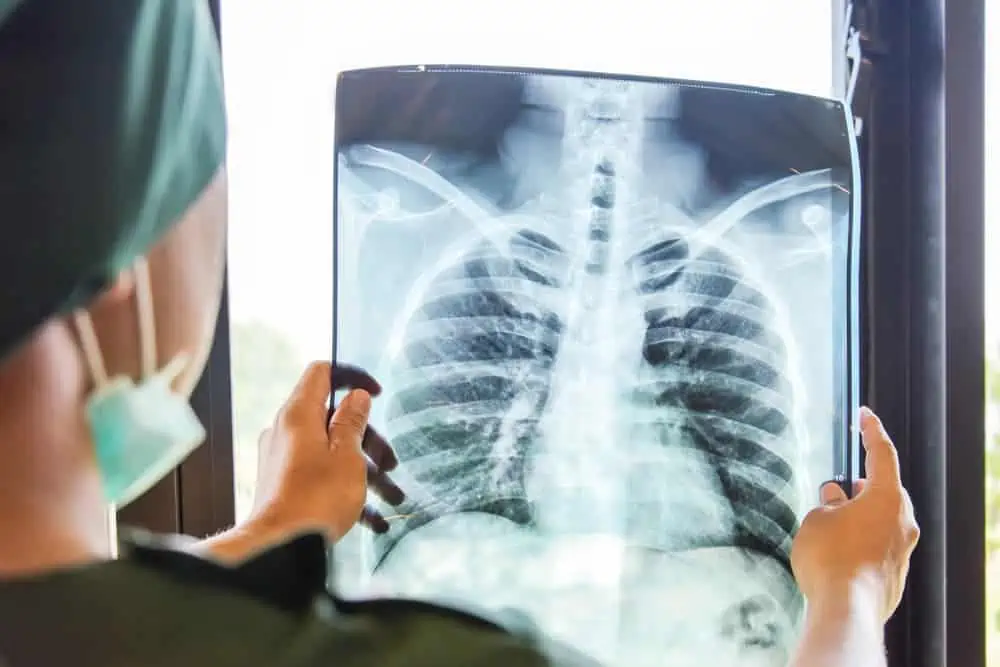
Although diacetyl affects mainly the lungs, it can also affect the eyes, nose, throat, and skin gradually or suddenly, depending on the degree of exposure.
A flavorings-related fixed obstructive disease usually presents with a non-productive cough and the subsequent development of exertional shortness of breath.
The onset of “popcorn lung” is usually gradual, but disease progression in a matter of months has been identified.
Bronchiolitis obliterans is also commonly misdiagnosed. More information about bronchiolitis obliterans can be found here
If you are a worker who regularly enters or works in areas where flavoring ingredients may be inhaled, you should consistently monitor your health and specifically the health of your lungs and take precautions such as wearing proper respiratory protection.
Frequently Asked Questions
-
How Do I Pick a Diacetyl Lawyer?
Sometimes you need a lawyer near you and sometimes its best to hire a lawyer based on the lawyer’s resources and experiences.
The right lawyer for mass-tort litigations may not be your local lawyer.
Mass tort cases filed all over the country are often consolidated into a single courtroom in order to move the many lawsuits through the courts in the most effective and efficient way.
A lawyer experienced with the multidistrict litigation process with the ability to represent clients in all 50 states, is likely to be a good fit for mass tort litigation.
TruLaw is not afraid to take on the largest drug and medical device companies in the world.
We work with trusted legal affiliates to make sure that TruLaw clients have the resources and experiences needed to hold big business accountable when they put profits over people.
-
How Can a Diacetyl Lawsuit Help?
Your lawsuit is designed to help you financially recover from injuries that were caused by someone else.
We hope putting your trust in TruLaw will take away your concern of protecting your legal rights, but it is most important to us that you spend your time recovering physically.
Your lawsuit should assist in covering your medical bills, the amount of income and benefits that you lost as a result of your injury and, if your injuries are permanent, we will look to recover for your permanent disfigurement.
In addition, it is always our hope that your lawsuit will help us to remove dangerous drugs, toxins and devices from the market.
We are not only lawyers, but also safety advocates that believe in getting information out to the public so no more people are injured.
We hope you will join us in the role as a safety advocate.
-
Has There Been a Diacetyl Settlement?
We understand the frustration in waiting to hear about settlements in product liability lawsuits.
Unfortunately, in drug and device cases, we have no choice but to sue some of the most profitable companies in the world.
Big Pharma has deep pockets and lawsuits are a cost of doing business for them. They are not inclined to settle until it makes business sense to them.
TruLaw lawyers building our cases with an eye on winning in court as well as settlement, when we believe that is the best result for our clients.
We will never settle without advising you of your options, and we will keep you posted on our progress, to the extent we are legally able.
-
Is there a Diacetyl Class Action?
We often hear injured people refer to their personal injury case as a “class action” because their case was grouped together in a lawsuit with other injured people.
This is most often NOT the case.
Often, individual cases are grouped together so the attorneys and judge can address common procedural issues initially, saving time for the injured parties and the court, but this is very generally referred to as a “mass tort.”
A Mass tort refers to civil actions involving numerous plaintiffs against one or a few corporate defendants in state or federal court.
Class actions are mass torts that are generally used on financial losses and multidistrict litigations (MDL) are generally used on personal injury claims, often in product liability cases.
MDL is a procedural tool used when plaintiffs have incurred injuries from products manufactured by the same defendant(s).
Even when plaintiffs incur injuries from the same defendant(s), the amount of damages they may recover for those injuries are often substantially different from other plaintiffs included in the same lawsuit.
It is important to understand that mass tort cases are an effective tool to getting the attention of the large drug and device companies.
MDLs assist lawyers in determining exactly what the drug and device companies knew about the risks their products caused and whether or not they should have warned consumers.
Too often, consumers believe that they can file a single lawsuit and get the attention of big drug companies. This is very hard to do.
Technically, MDLs do not happen until a judicial panel transfers individual cases to a single court.
Depending on when your lawsuit is filed, you may find yourself automatically transferred to the MDL court or you may wait to learn when and if the JPML believes an MDL is the proper venue for the mass tort.
But, rest assured, even if your case is included in an MDL, TruLaw lawyers will treat your injuries, your medical history and your financial needs separately.
We are aware that not all cases are the same.
-
Is there currently a Diacetyl Lawsuit?
A corporation, by definition is profit seeking.
There is no requirement that a corporation act morally.
Unfortunately, too often we see dangerous drugs, devices and products remain on the market when corporations prioritize profit over people.
If these same corporations warn consumers of these risks, there is no case.
We only pursue lawsuits on behalf of individuals who were not warned of the risk associated with the dangerous drug, device or product on the market.
TruLaw is pursuing diacetyl lawsuits because we believe consumers were not properly warned of the risks of injury.
-
Have you seen or heard a Diacetyl Commercial?
Did a recent diacetyl commercial grab your attention?
Did you find our site because you were wondering if you qualify for Diacetyl lawsuits?
We built the Diacetyl Instant Case Evaluator ℠ as a no cost/no obligation place for you to find answers about your legal rights.
If you found us today, you are looking for instant answers to whether you should file a diacetyl or other lawsuit and we want to help you.
We believe that in order for you to make important decisions about your health and your legal rights, you need to start with information.
We provide you this valuable information so you are prepared to talk to a lawyer.

Experienced Attorney & Legal SaaS CEO
With over 25 years of legal experience, Jessie is an Illinois lawyer, a CPA, and a mother of three. She spent the first decade of her career working as an international tax attorney at Deloitte.
In 2009, Jessie co-founded her own law firm with her husband – which has scaled to over 30 employees since its conception.
In 2016, Jessie founded TruLaw, which allows her to collaborate with attorneys and legal experts across the United States on a daily basis. This hypervaluable network of experts is what enables her to share reliable legal information with her readers!
You can learn more about the Diacetyl Lawsuits by visiting any of our pages listed below:
Here, at TruLaw, we’re committed to helping victims get the justice they deserve.
Alongside our partner law firms, we have successfully collected over $3 Billion in verdicts and settlements on behalf of injured individuals.
Would you like our help?
At TruLaw, we fiercely combat corporations that endanger individuals’ well-being. If you’ve suffered injuries and believe these well-funded entities should be held accountable, we’re here for you.
With TruLaw, you gain access to successful and seasoned lawyers who maximize your chances of success. Our lawyers invest in you—they do not receive a dime until your lawsuit reaches a successful resolution!
Do you believe you’re entitled to compensation?
Use our Instant Case Evaluator to find out in as little as 60 seconds!
Camp Lejeune’s water contamination issue spanned several decades starting in the 1950s. Exposure to these chemicals has been linked to various serious health issues, including cancer, organ diseases, and death.
Research is increasingly suggesting a link between the use of Tylenol during pregnancy and the development of neurodevelopmental disorders, such as autism and ADHD, in infants.
Legal action is being taken against manufacturers of Aqueous Film-Forming Foam (AFFF), a chemical used in fighting fires. The plaintiffs allege that exposure to the foam caused health issues such as cancer, organ damage, and birth and fertility issues.
Here, at TruLaw, we’re committed to helping victims get the justice they deserve.
Alongside our partner law firms, we have successfully collected over $3 Billion in verdicts and settlements on behalf of injured individuals.
Would you like our help?
